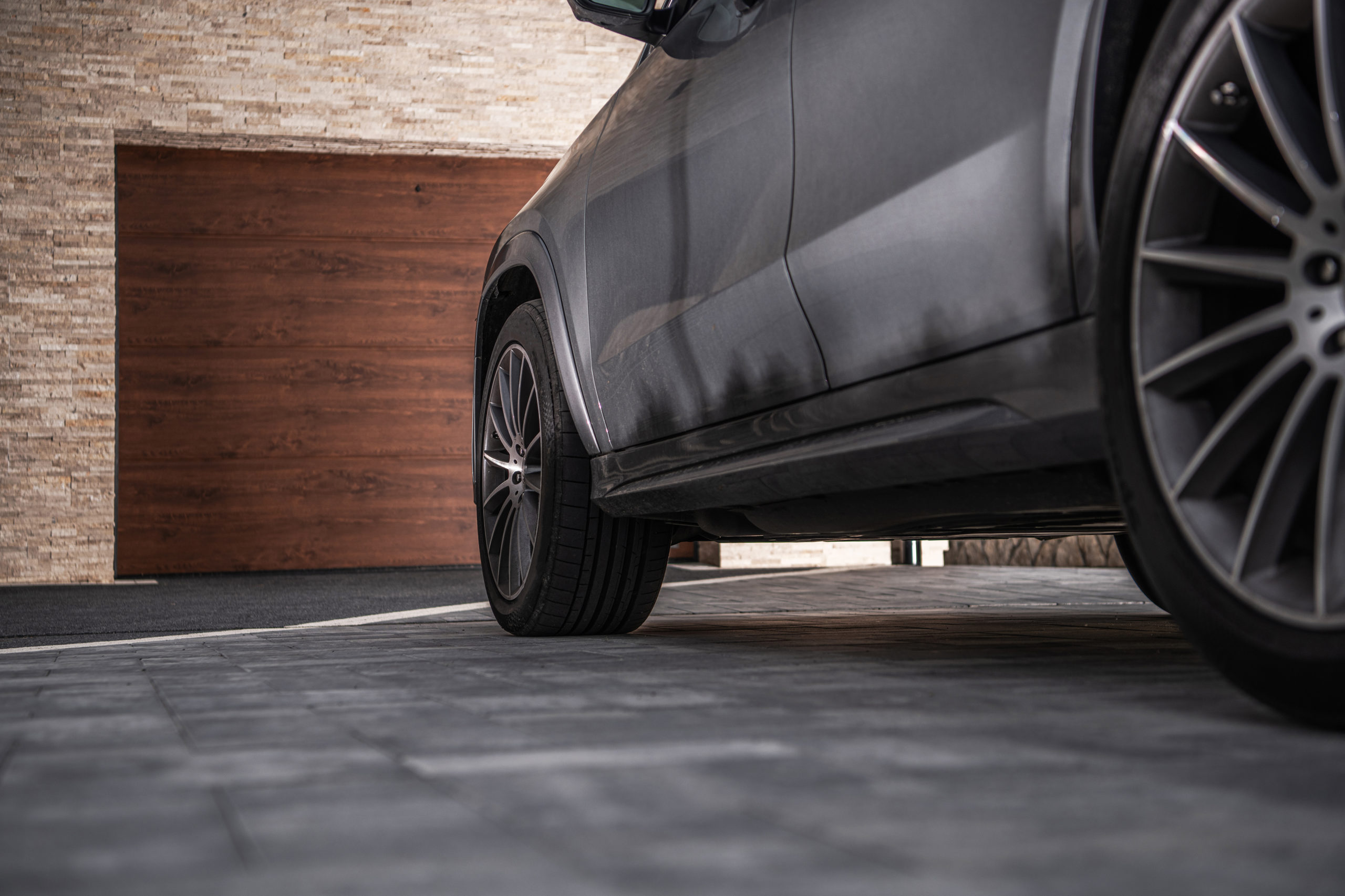
Mostly driveways make a big statement. The driveway, which is always the first thing you see when you enter a home, gives a significant first impression, whether good or bad. However, if you live in a home without a garage, you are familiar with the minor annoyance of having to park on the street or find a parking spot close to your home during peak hours. Nobody should have to walk down the street to find a parking spot, particularly if they have room on their property for a driveway, carport, or garage. Having a driveway, you can still have a safe park at a low cost. Simple cement driveways are durable, attractive, and cost a fraction of garages and carports' price.
Here's how a suggestion on planning a new concrete driveway before giving it to your hired contractor to achieve your desired driveway. A simple cement driveway is a cost-effective and long-lasting alternative to more costly residential parking alternatives such as a garage or carport.
1. Check for any underground utilities – You may be able to make plans to re-position/move those lines if they are impeding construction. It is essential to get this right before you go any further because it will help you find any shallow utility lines that pass through the construction zone. Moreover, investigate your lands, look over land blueprints, figure out where your land boundary is, and mark it with spray paint.
2. Plan Driveway Widths and Lengths – Each vehicle should have a minimum of 10 feet of driveway width. Using wider spacing between cars, the driveway, the pavement, and between vehicles and the garage or building, if space permits. Consider children removing their bicycles from the garage and allowing sufficient space between vehicles to prevent a scratched vehicle. Also, each car or truck should have a driveway of 18-20 feet in length. Full-size pickups with extended cabs and overweight minivans should be allowed 22-24 feet. If you have space, allow 3-5 feet of walk-around room at the bottom of the driveway.
3. Driveway Style – Whether straight, curved, or circular driveway? This is a choice that is both artistic and practical. A curved driveway adds more character and dimension than a straight driveway, but if you're short on space or need to get from the street to your garage quickly, straight will suffice.
3. Decorative Bands – Bands may be made of concrete, colored concrete, tile, pavers, or stone and add decoration. Consider these bands as a decorative border for your driveway. I frequently cut a band at the top and bottom of the drive to fit the new sidebands. Consider bands as a decorative frame for the driveway, with custom choices that make it as distinctive as the house.
4. Driveway Materials – When it comes to your driveway material, you have many options. Gravel, asphalt, cement, and pavers are the most popular choices. There are several differences within each group as well. Your budget will influence the material to some extent, but functional and aesthetic considerations are also considered. The type of material you use to build your driveway will decide how much maintenance is expected in the coming years. In comparison to concrete, gravel, for example, necessitates more frequent maintenance. Determine how much time you want to spend maintaining your driveway and use that information to help you choose materials.
5. Connect with a Driveway Contractor – It is essential to connect with a contractor because they can finish the job during the week when you are at work and usually finish the job faster. Aside from that, they have a higher level of service because they complete tasks like this daily. Most significantly, you know what to expect in terms of building appearance and timeline.

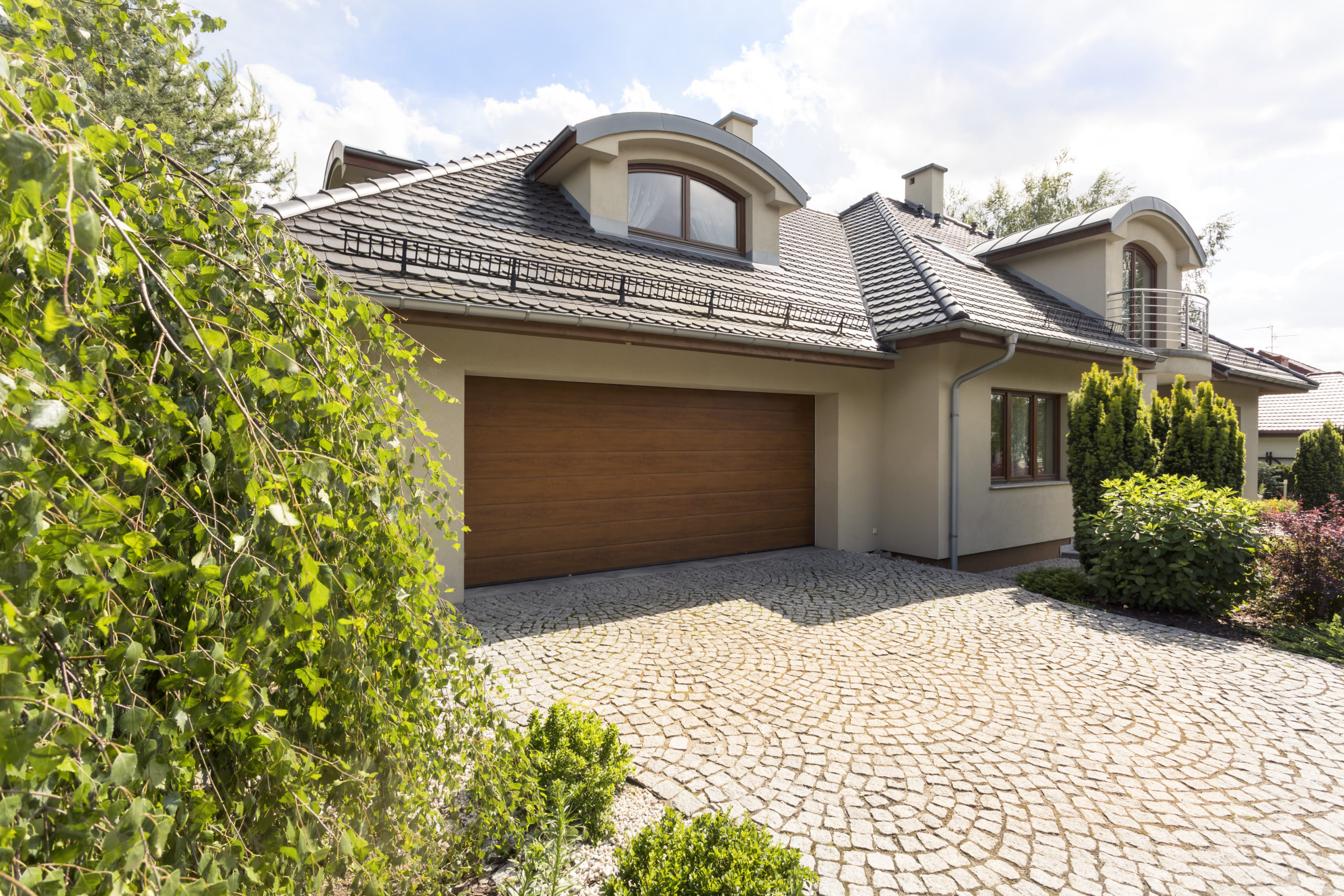

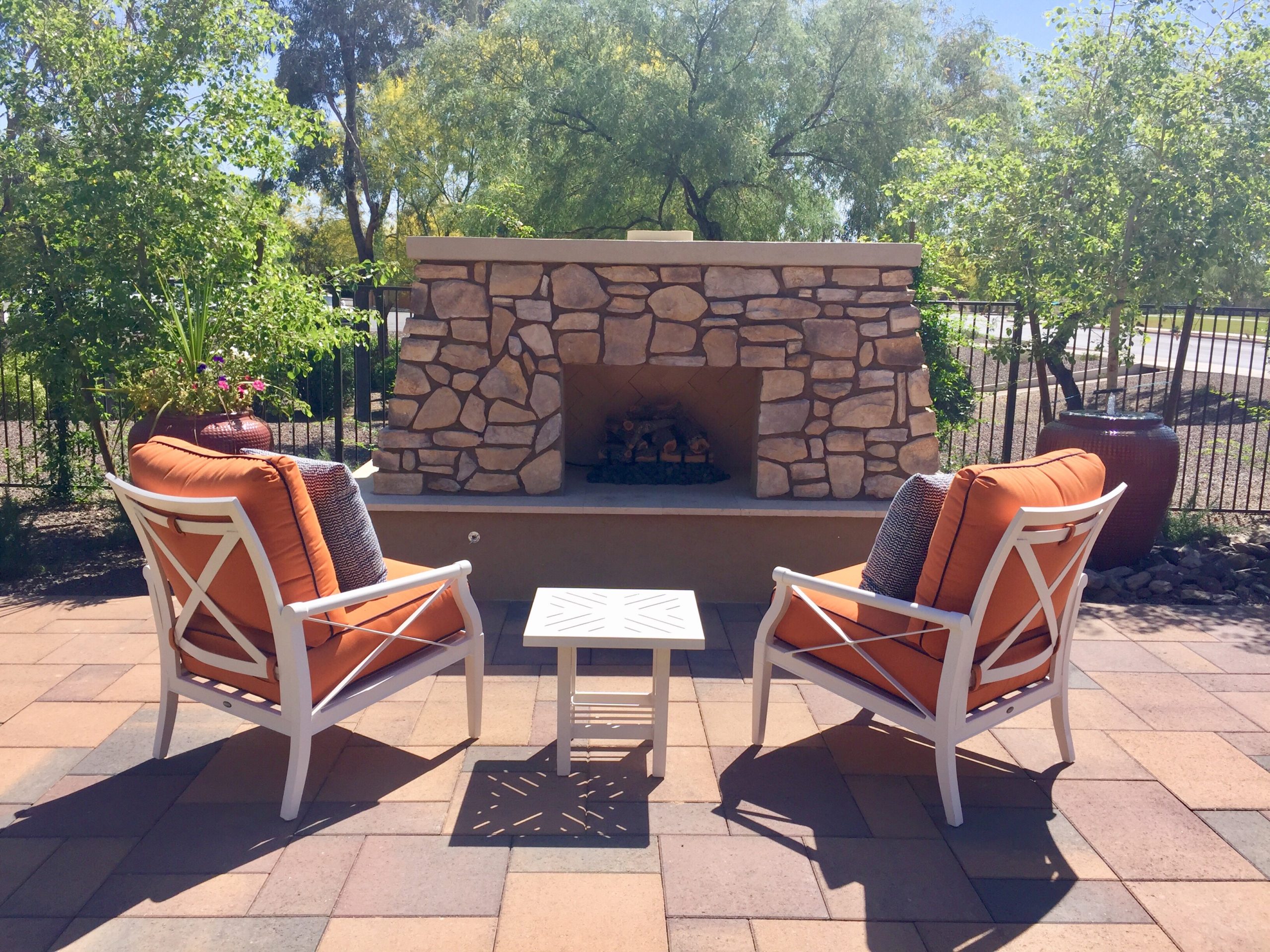



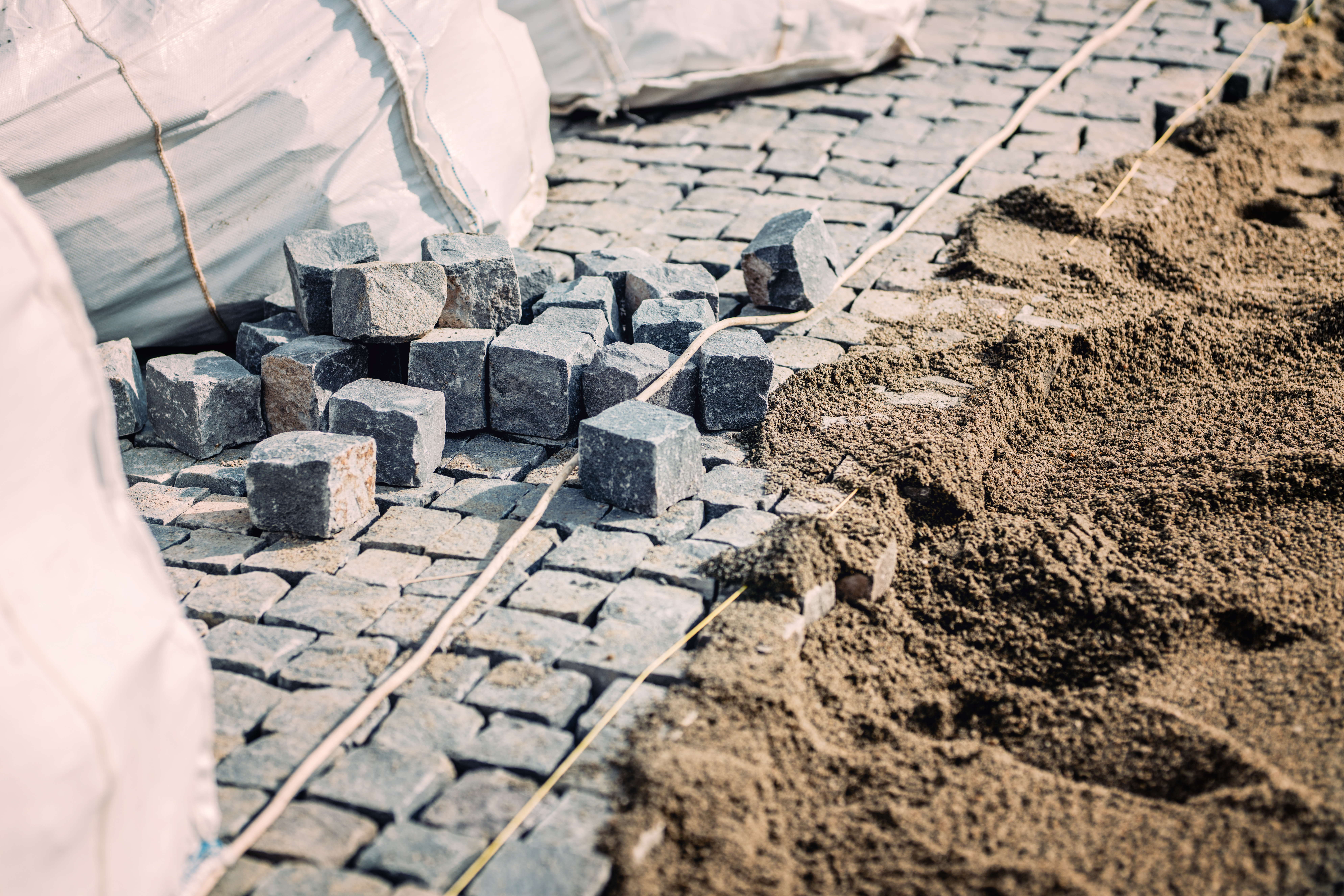
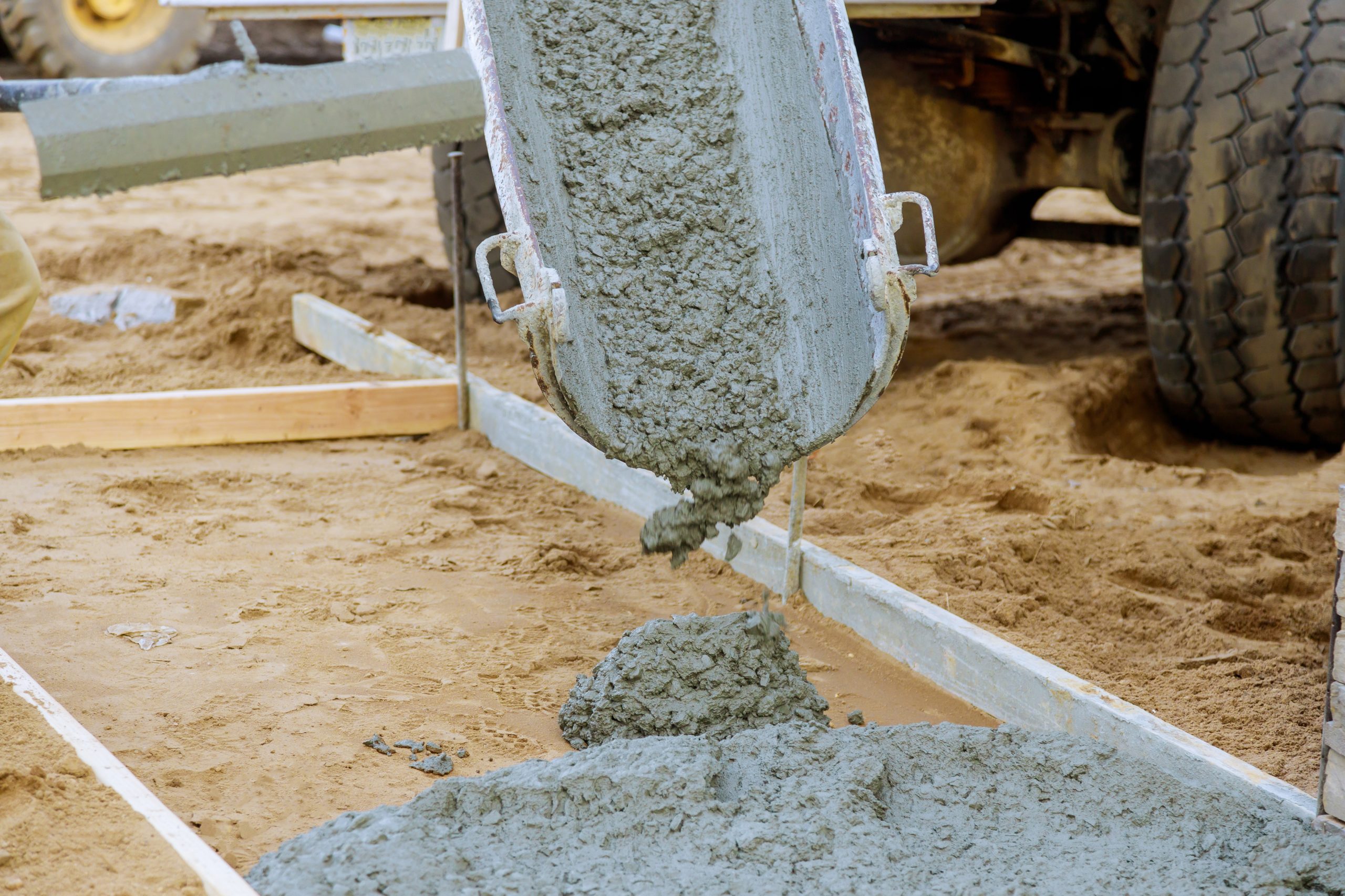
Cedar Rapids Concrete Contractor
© Copyright 2020 -All Rights Reserved by BizBitz